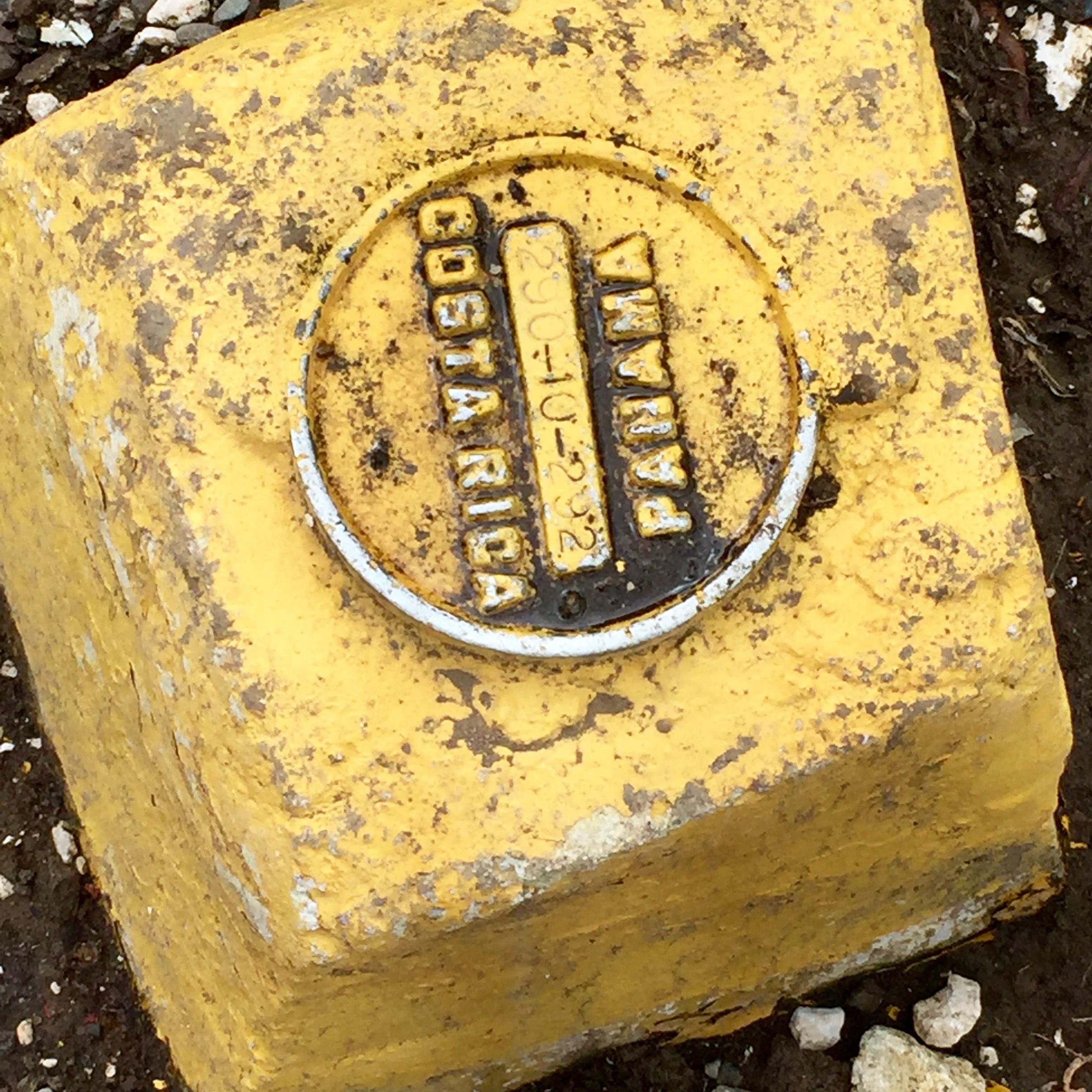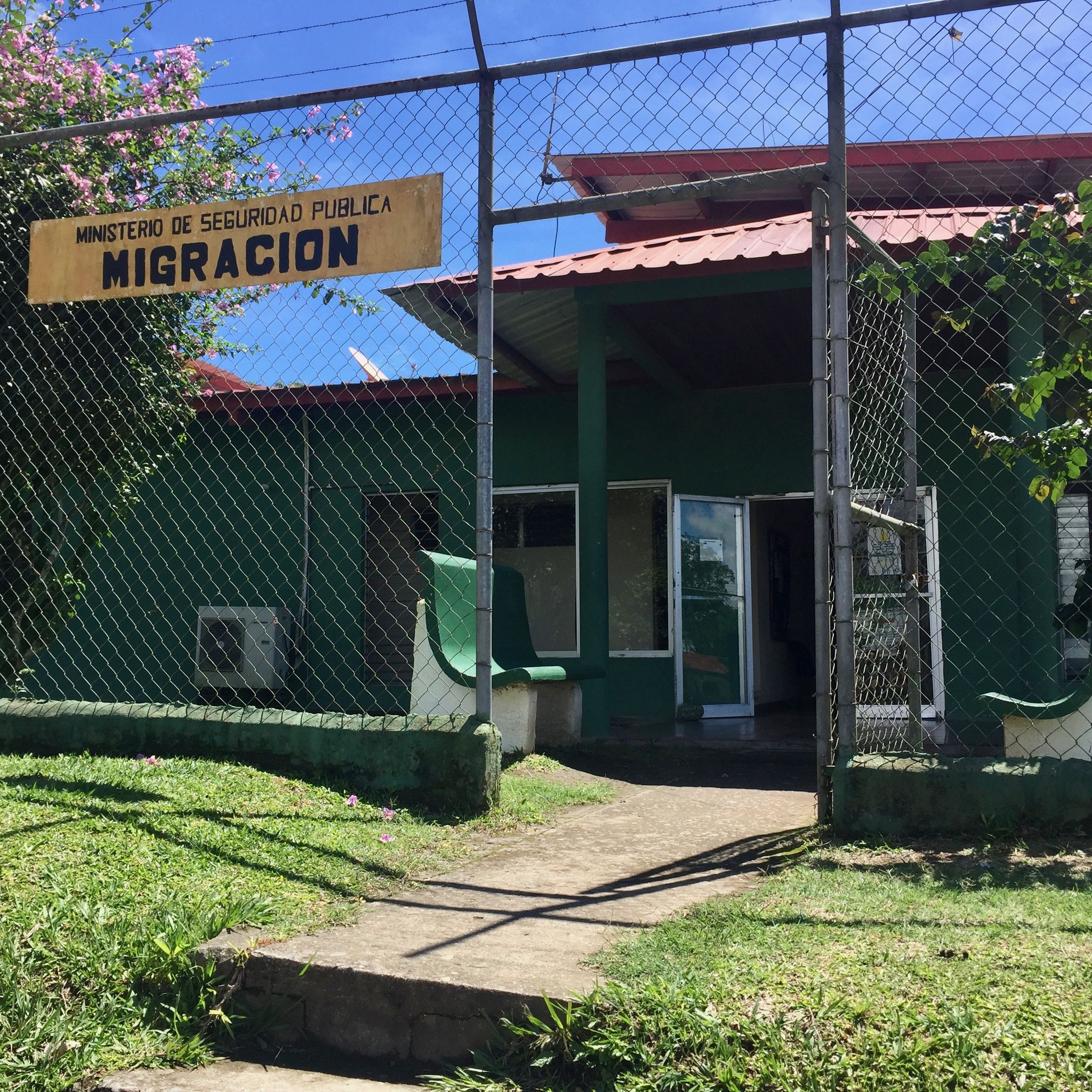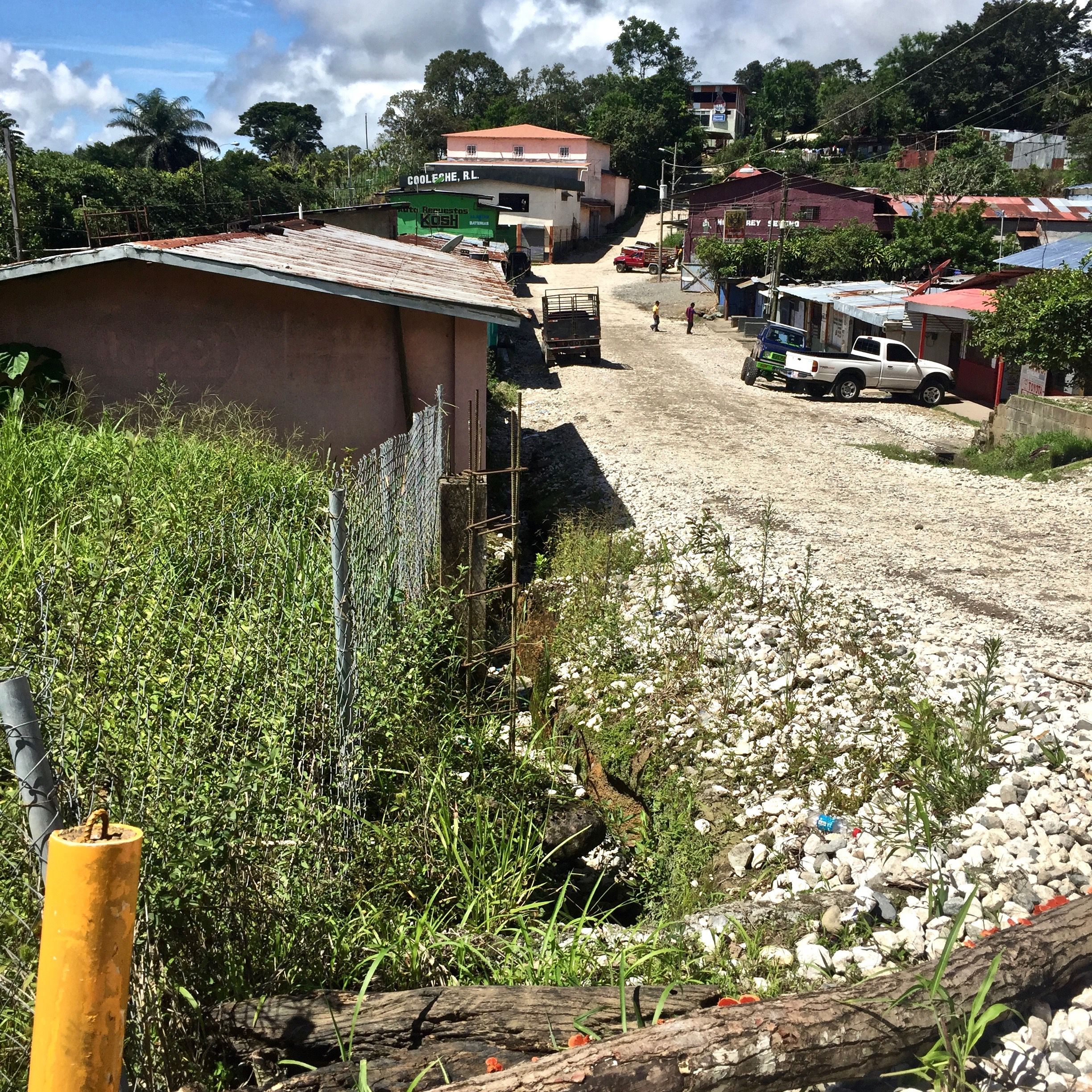In the indigenous territory of La Casona, when you speak of Doctor Pablo Ortiz Rosés, there are few people who are unaware of his work in the community. His infectious laugh and jolly appearance have attracted community members for years. But more than his appearance, his years of dedication to the promotion of rights and support for the integration of the indigenous community in Costa Rica have made him an important figure throughout the country.
Ortiz recalls a memory from when he first began work as a medical professional with the Ngäbe-Buglé in the region 30 years ago. “I am from the center of the country. When I got here [to Coto Brus], I saw these people with these outfits, so folkloric, so beautiful, and I thought how interesting, how nice… but the first question I had was why are these people here? They are Panamanian. Why don’t they send them back to Panama? They didn’t speak my language and I thought why don’t they send them somewhere else, they are Panamanian, they shouldn’t be here. And one day a woman, Marietta, I still remember her name, an indigenous woman, said to me, ‘Don’t call me migrant! and even worse, don’t call me immigrant!—in my own territory.’”
Ortiz laughs, “She was right. This woman was right. The migrant was me, I was the last to come here.” This realization pushed him to research the historical background of the Ngäbe-Buglé and the systems in place to treat populations considered foreign to western society. “It was bad. It was all bad… it makes you reflect, what are we doing?”
What Makes a Border?
For the majority of the year, the Rio Sereno border crossing between Panama and Costa Rica is fairly unremarkable. Beyond differences in Panama’s investments in infrastructure, the border’s small yellow markers are easily overlooked due to overgrown grass, indicating where one country begins and the other ends. The surrounding area, full of bars, small corner stores, and restaurants is fairly empty seven months of the year.
The two countries have a relatively friendly relationship, a stark difference to the one between Costa Rica and its other neighbor, Nicaragua. “In Nicaragua there are police, there are fences, there are walls, it’s totally different,” says Jose Pablo Vindas Monge, the police supervisor of migration for the Rio Sereno/San Marcos border crossing. “With Panama, we have an easier ability to enter. You don’t need a visa,” continues Vindas Monge. Neither Costa Rica nor Panama has a formal military, and the lack of police presence creates a fairly neutral environment, as noted by Vindas Monge, absent of fences or armed border patrol agents. This relationship has led to the nickname “friendliest border in the Americas” made more obvious by joint efforts by both governments to control transmissible diseases, promote health education, and maintain an open exchange of information. Vindas Monge emphasizes “the relationship between Panama and Costa Rica is entirely friendly... it is one of the few borders that work together to emphasize health.”
Both sides of the border have formal entrances, like the one that Vindas Monge oversees, but wide-open spaces allow for easy passage from both sides.
Crossing Boundaries
Although the border is calm the majority of the year, the five months between August and January paint a different picture. The border does not become any less hospitable; however, it transforms into a living place. The once empty streets fill with families of the Ngäbe-Buglé crossing into Costa Rica from the Comarca for the coffee harvest. Emilio, an indigenous resident of a Costa Rican border town, Las Mellizas, says, “When it is time of the harvest, all you see are purely indigenous [people], you don’t see any white people, just indigenous [people]. During that time I look around and all I see are indigenous [people].”
Las Mellizas is tucked remotely into mountains between Panama and Costa Rica, coffee fields can be seen for miles. Many indigenous residents travel to and from the border to access services on either side. “We can go to Panama,” says Emilio. “They say that most of us are in the Comarca, but I think there are a lot of us here.”
The International Organization of Migration (IOM) reports that approximately 169,130 Ngäbe-Buglé live in Panama while 2563 live permanently in Costa Rica. The original Ngäbe-Buglé territory stretched between Costa Rica and Panama, the majority living in small villages dispersed throughout the region. In 1941, the border between Costa Rica and Panama was defined by the Echandi-Fernandez Treaty, with little regard to indigenous residents, making the Ngäbe-Buglé foreigners in their own lands. Professor of Anthropology at the University of Costa Rica Marcos Guevara says, “Ngäbe leaders used always to state that there was a unique Ngäbe-Bugle territory between Costa Rica and Panama and that families used to move inside it. They argued that the borderline cut this big territory and that it was a mistake to consider some of them as strangers in Costa Rica.”
Guevara continues, “In the 90s [the Ngäbe-Buglé] mobilized to denounce that the Costa Rican State treated them as foreigners and refused to be submitted to a naturalization procedure they considered unworthy, even offensive.” Jairo Correa, an intercultural public health specialist working for the Ministry of Health in Panama, echoes this; he mentions that the majority of those who enter into Costa Rica, come through open borders, not formal border entrances.
The homeland of Ngäbe-Buglé is considered transfronterizo, translated to existing trans-borders. However, to fit into the political and economic context of today’s society, the population is considered migratory. Vindas Monge explains, “I think this is a big issue, I think that the countries should come together and collaborate so that [the Ngäbe-Buglé] get rights, as they are indigenous separated by a border. There are some [from Panama] that have children here [in Costa Rica], there is an exchange.”
The Journey
In the 1990s, the government of Panama established the Comarca Ngäbe-Buglé, an autonomous territory for indigenous residents. The majority of the population now lives within its boundaries. Because of the geography and isolation, building roads and infrastructure, as well as providing crucial services, has been expensive for the government—and it has left the population separated and vulnerable.
Jairo Correa explains, “Malnutrition and parasitic disease are common among the population [in the Comarca] in part due to limited access to potable water and sanitization services.” Studies conducted by the IOM conclude that 95 percent of the Ngäbe-Buglé in Panama live under the poverty line and 83 percent in extreme poverty.
With limited resources, the families travel together to work in the coffee fields of Costa Rica.
Coffee is also grown in northern Panama, but higher paychecks and opinions of life in Costa Rica are perceived as preferable for the Ngäbe-Buglé. Emilio says, “I went to Panama to work for two years, in a farm, but I didn’t like it, the work, it wasn’t as good, so I came back [to Las Mellizas] and now I am content here, I get paid better.”
The situation in Costa Rica is perceived as better than that in Panama, but in reality, may not be much different. Jairo Correa says, “Costa Rica emphasizes coffee. They have put more effort into their markets, workers earn more, and also are provided some benefits, such as housing.” But he emphasizes, “There have been a number of efforts by the government of Panama, and things are changing here too.”
Farmers normally provide housing for incoming farmworkers, but situations are difficult, and families of seven or eight live packed into small wood rooms. Emmanuel Gómez Rojas, coordinator of Casas de Alegria, an organization working to address children’s rights, says, “When you talk to them [Ngäbe-Buglé], in Costa Rica they live in places [within Costa Rica] without potable water, without electricity. They are in barracks that are extremely unpleasant, similar to that of the Comarca but they still say, ‘Here we are better than there, we sleep better.’”
The border between Panama and Costa Rica is, as of now, a permanent fixture. Recognizing its relevance to the lives of the Ngäbe-Buglé is critical to understanding their search for economic and social justice.
Ortiz says, “I think that the moment that we put up a border, we divided the geographic area, the country of the Ngäbe people. There is a historical debt, in Panama as much as Costa Rica, of abandonment. It is a historical debt that we have to solve, and we can only solve the problem if we talk and bring awareness to the problem. If we hide it, nothing will be solved.”
Editor's notes: Quotes have been translated from Spanish to English. Last names have been removed from all Ngäbe-Buglé peoples in order to protect their privacy.







